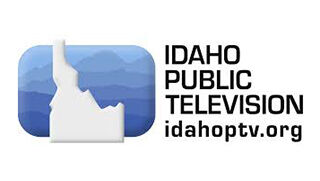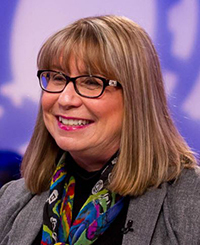Can Telemarketing Convert Sustainers? Yes!

Can Telemarketing Convert Sustainers? Yes!
Should a station abandon a time-tested technique just because it has fallen out of popular favor? Or — can you fine-tune it, develop a laser-sharp focus on one group of donors, make a very specific ask, then show a significant ROI? Idaho Public Television thought they could – and then they did.
The Problem

Telemarketing has a bad reputation these days. It’s time-intensive for staff or volunteers. It’s an analog approach in a digital world. And unlike passive communication like email or direct mail, it feels a little intrusive. But what if, for some member stations in some communities, telemarketing actually works?
That was the question facing Idaho Public Television, a state-wide system based in Boise. Membership director Teena Wright thought telemarketing was still a good way to reach sustaining members acquired from a previous March pledge drive, but wanted to test it against a more popular approach.
The Solution
Like many member stations, Idaho Public Television constantly urges its sustainers to upgrade their monthly gifts or switch to electronic funds transfer (EFT). “We’ve been doing telemarketing for many years,” Wright says. “We still have an age demographic that appreciates it. They like the conversation.” However, the station had never exclusively focused a telemarketing campaign on sustainers, so in September she designed a “competition” between telemarketing and direct mail campaigns focused on sustainer upgrades.
The telemarketing took place in-house. “We don’t hire out an outside team to do our telemarketing,” says Wright. “We have a part-time staff of six. We do it one week a month and vary our calls between the day and the evenings to get a wide variety.” Her team is mostly stay-at-home moms or retired individuals whom the station has trained carefully. “They’re comfortable just picking up the phone and chatting with people.”
In this test, telemarketing brought significantly more success than direct mail. “We talked to 280 sustainers, and out of those, 12 percent upgraded,” she says. The average gift upgrade was $5.03 per month. Nine percent of the 280 also switched to EFT, largely based on a script explaining how switching was more convenient for the sustainer while saving money for the station.
In contrast, the direct mail campaign went out to 2271 households. “The response rate we got back from that was 1.7 percent upgrading to EFT,” she says. However, due to some system limitations, direct mail recipients had to request their EFT upgrade by mail. “They’re used to technology and electronics,” Wright says. “I suspect that if we had a letter that sent them to our website to upgrade, we’d have a higher response rate. We’re just not set up to do that yet.”
Though the overall direct-mail response rate was much lower, the average upgrade amount was higher: $6.94. “They did upgrade more,” says Wright. “That tells me we may want to work on our telemarketing conversation to get the average upgrade amount higher.”
Personal Connection
As for the successful telemarketing test, Wright thinks it may be effective because it’s so rarely used these days. “Telemarketing is communicating. We’re finding that the younger generation, in their 40s and 50s, are getting bombarded with e-blasts and emails,” she says. Old-fashioned approaches like telemarketing may help cut through the clutter. “A lot of our folks appreciate us giving them a call,” she says. “You’d think that wouldn’t be the case but that’s the feedback we get. It’s quick and fast, you have personal outreach, you have a personal connection. It’s a more direct ask and it’s a compelling conversation.”
Idaho uses telemarketing for more than just upgrading sustainers. Two years ago, it began tasking board members with a November “thank-a-thon,” which made appreciation calls to membership. “It’s traditional that our board members call and thank major donors throughout the year, but this is a special call with a special script,” she says. “There’s no ask. It’s just to say ‘thanks’ and ask if they have any questions. It’s short and sweet and all about what their impact has done for us.” The calls take place every November. Since starting the tradition, net revenue has gone up. “For those that have been thanked, the percentage increase has been an average of two percent,” she says.
Why does it work? Wright believes it’s that personal touch. “We get a ton of feedback saying ‘That was so nice. We really appreciate your call.’ If we call them back during the year to ask for another gift or a renewal, people remember the call in November,” she says.
That’s why Idaho Public Television hasn’t yet abandoned telemarketing to the communications scrap heap—and doesn’t plan to anytime soon. “So many people think telemarketing has gotten a bad rap,” says Wright. “But my results don’t lie.”
Questions? Tracy Ferrier I Director I PBS Development Services or Teena Wright I Membership Director I Idaho Public TV
